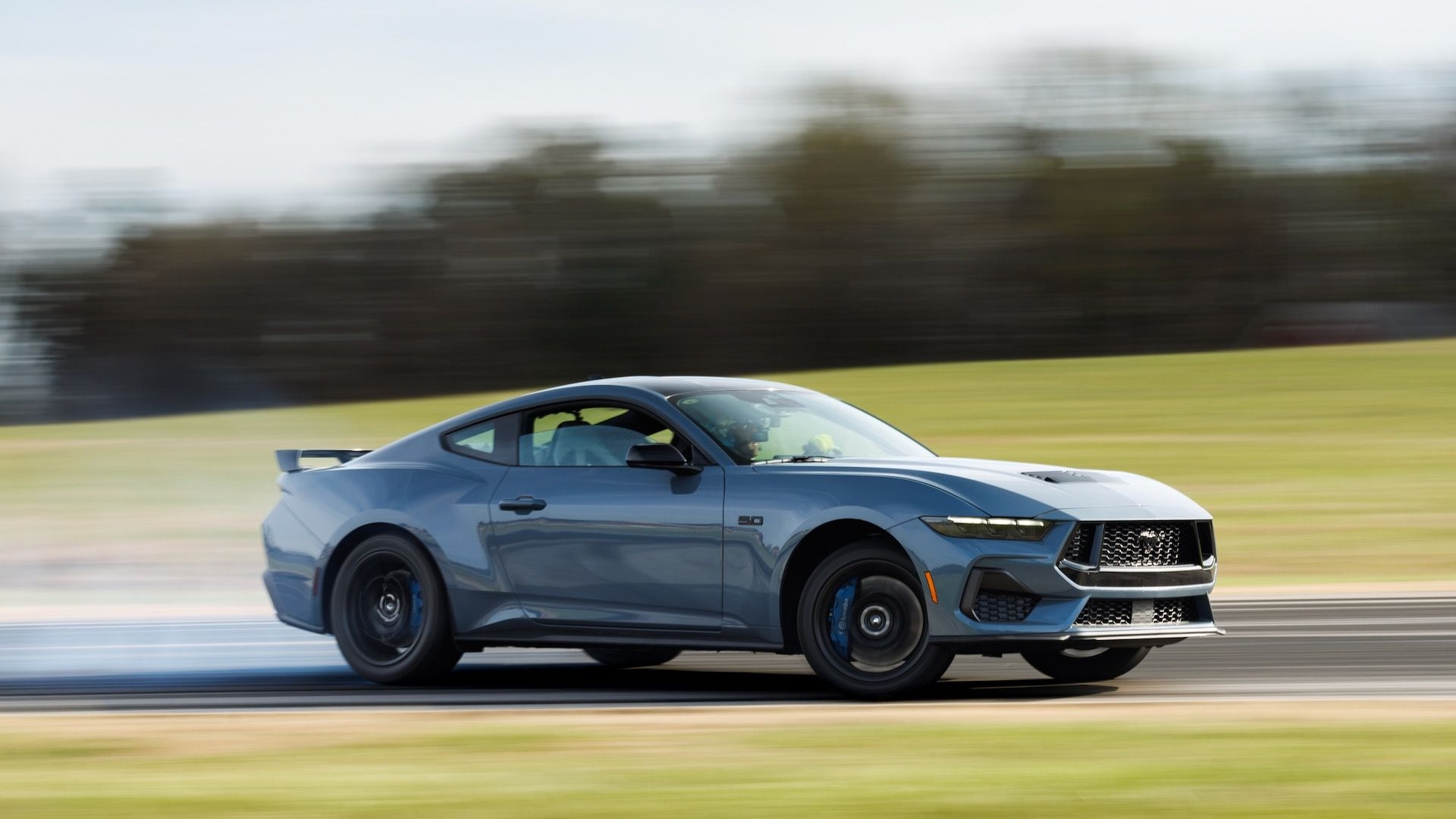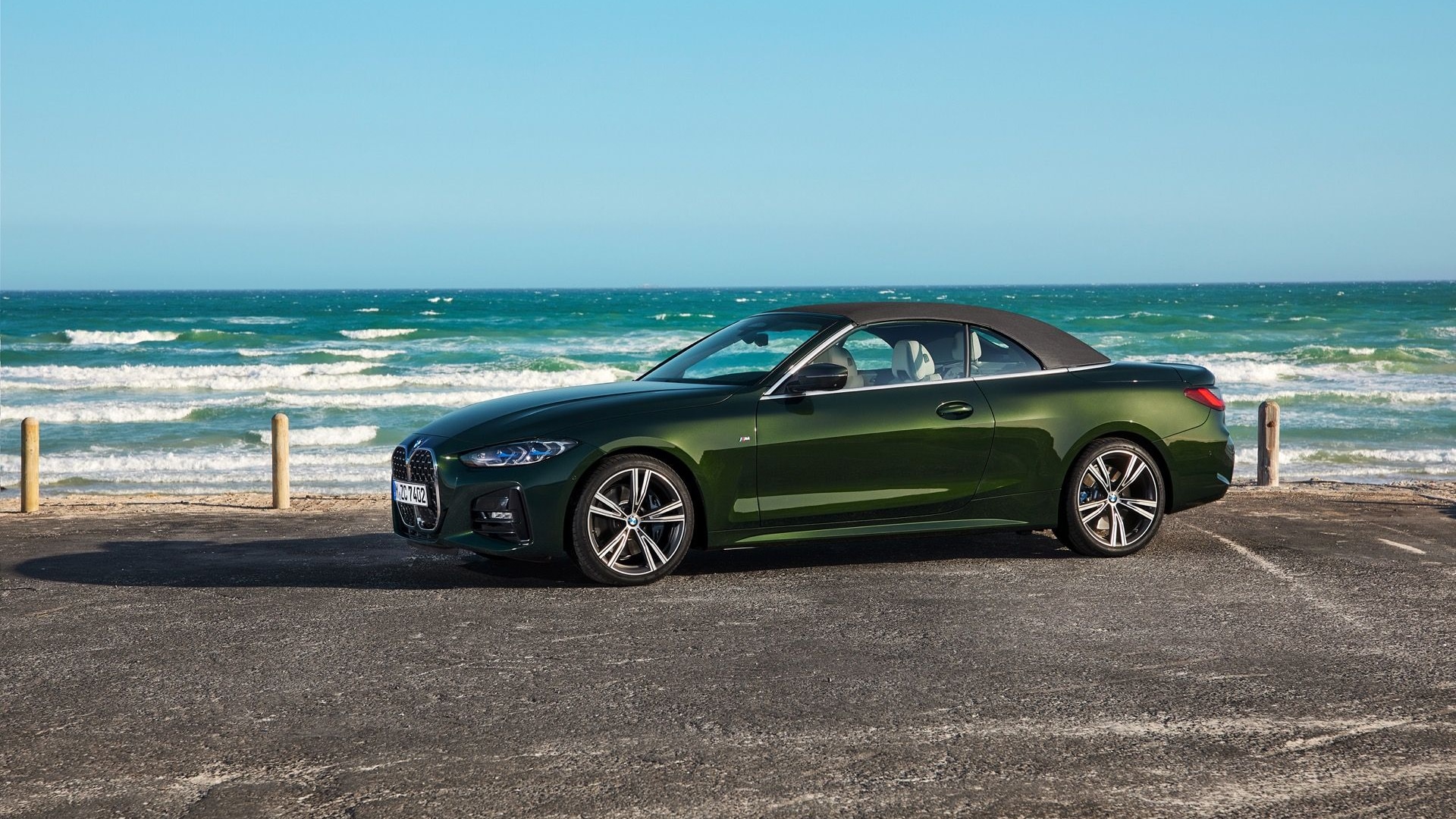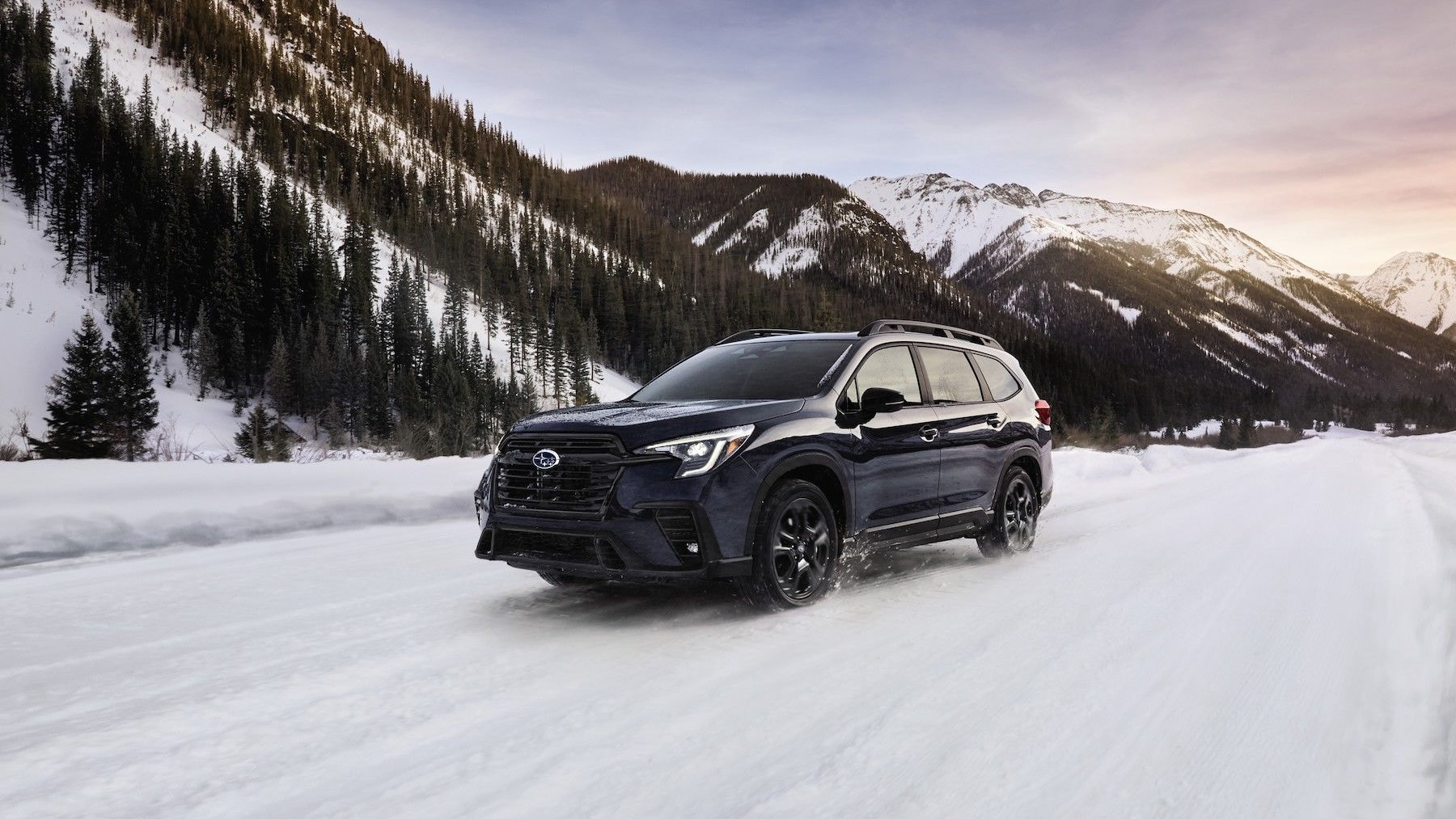It’s even been in production continuously since 1965 (actually, 1964 1/2), something that can’t be claimed by rival pony cars from Chevrolet and Chrysler. Yes, there have been low points in Mustang history, such as the terrifyingly under-powered Mustang II of 1974, but even that car was a sales success for Ford.
As the 50th anniversary of the Mustang approaches, it’s clear that Ford is planning something special to commemorate the occasion. The 2015 Mustang can’t be “just another” Mustang variant, and it’s hard to separate the rumors from the potential truths on what the car will and won’t be.
Germany’s Auto Motor und Sport confirms that the 2015 Mustang is being built under the “One Ford” global strategy, which means the car will need to meet European standards for things like pedestrian impact protection, as well as meeting U.S. safety standards. That seems to be confirmation that the car will officially be sold in Europe.
Popular Hot Rodding reports that the 2015 Mustang is being designed to accommodate both left and right-hand drive, opening up exports to countries like the U.K., Japan and Australia. Today, Mustangs imported into Australia must be converted to right-hand drive, a costly requirement that limits the car’s potential pool of buyers.
Expect the new Mustang to be smaller, too, both for global appeal and for improved fuel economy. The front-engine, rear-drive layout will remain, and Ford will certainly offer versions with V-8 power. Beyond that, nothing is sacred, and we expect to see future Mustang models with turbocharged four-cylinder engines.
While an independent rear suspension is likely, purists will object that the live rear axle is one of the Mustang’s defining properties. Still, Ford will be selling the new Mustang around the world, and sports car customers used to fully independent suspensions aren’t likely to embrace nostalgia for a nameplate.
Perhaps the biggest mystery will be the 2015 Mustang’s styling. All we know for sure is that it won’t be retro, since retro design has fallen out of fashion. Like the resurrected Camaro, expect the new Mustang to be influenced by classic Mustang design, even if it won’t carry the same lines.
Ford is playing this close to the vest, which means that valid and accurate information will be scarce until the automaker is ready to talk about the car. We’ll bring you any information we can as it breaks.


